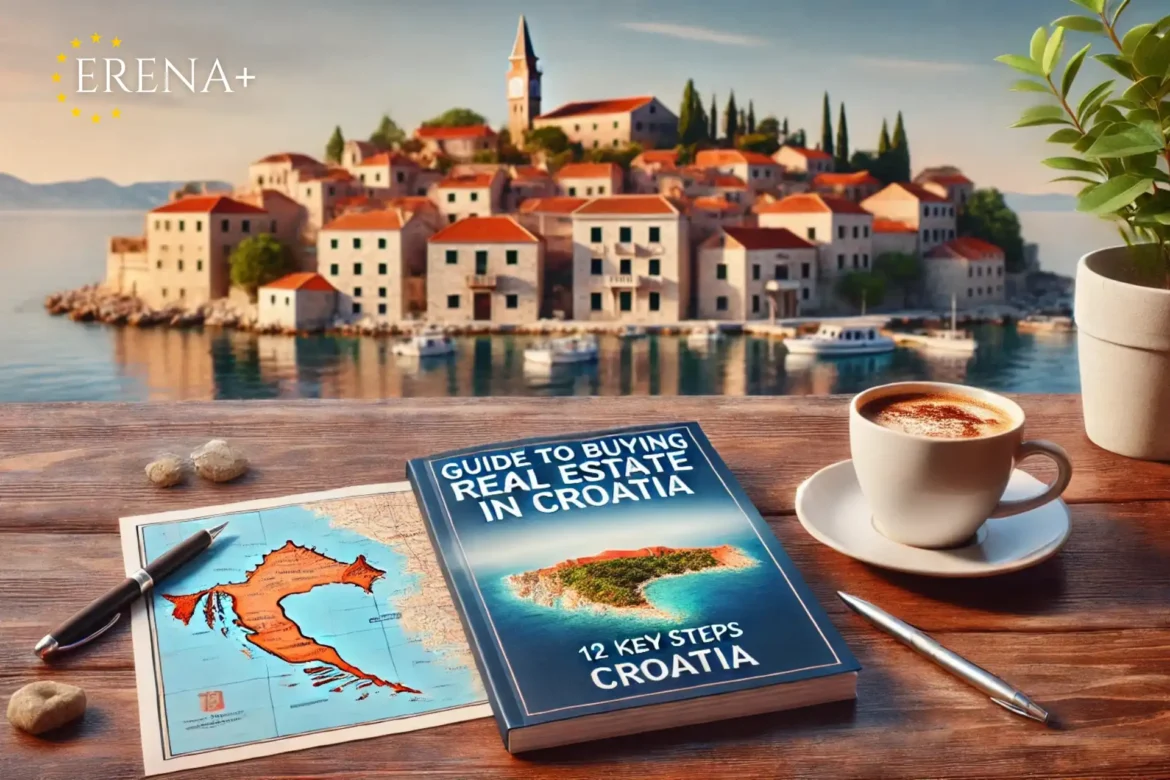Croatia has become a hotspot for real estate investments due to its stunning Adriatic coastline, rich cultural heritage, and a growing tourism industry. Whether you are looking for a vacation home, a retirement haven, or an investment opportunity, Croatia offers a range of options to suit your needs. The relatively affordable property prices compared to other European destinations add to its appeal, making it a preferred choice for many international buyers.
Step 1: Research the Real Estate Market
Before making a purchase, familiarize yourself with Croatia’s real estate market trends. Prices vary significantly depending on the location, property type, and proximity to the coast. For instance:
- Coastal properties in Dubrovnik or Split: €3,000 to €5,500 per square meter.
- Properties in Zagreb: €2,000 to €3,500 per square meter.
- Rural or inland properties: €1,200 to €2,000 per square meter.
Use online platforms, local real estate agencies, and market reports to gain insights into price trends and demand.
Step 2: Selecting a Property Type
Decide on the type of property that aligns with your goals. Common options include:
- Apartments: Ideal for urban areas and coastal cities.
- Villas: Perfect for luxury and seaside living.
- Traditional stone houses: A unique choice in historic regions.
- Land plots: Suitable for those planning to build.
Step 3: Popular Regions for Purchase
- Dubrovnik: Known for its historic charm and premium prices.
- Split: Offers a mix of modern amenities and Mediterranean beauty.
- Istrian Peninsula: Popular for its Venetian-style towns and vineyards.
- Zadar and Šibenik: Affordable coastal cities with growing interest.
- Zagreb: The capital city, ideal for urban living and investment.
Step 4: The Purchase Process for Foreigners
Foreigners, particularly EU citizens, can purchase real estate in Croatia without restrictions. Non-EU citizens may need permission from the Ministry of Justice, except for those from countries with reciprocal agreements. Engage a local lawyer to navigate the legal requirements.
Step 5: Purchase Costs
In addition to the property price, consider these costs:
- Real estate agency fee: 2% to 3% of the property price.
- Legal fees: €1,000 to €2,500.
- Property transfer tax: 3% of the purchase price.
- Notary fees: €300 to €500.
Step 6: Assess the Technical Condition of the Property
Hire a professional surveyor to evaluate the structural integrity and technical condition of the property. This step is crucial to avoid unexpected renovation costs.
Step 7: Negotiate the Price
Croatian sellers are often open to negotiation, especially if the property has been on the market for a while. Engage an experienced real estate agent to negotiate on your behalf.
Step 8: How to Arrange a Mortgage
Croatian banks offer mortgages to foreigners, but the terms can vary. Key requirements include:
- A minimum 30% down payment.
- Proof of income or financial stability.
- Interest rates: Typically 3% to 5% for foreigners.
Step 9: Documents for the Transaction
Ensure you have the following documents:
- Seller’s proof of ownership.
- Land registry extract (“Zemljišna Knjiga”).
- Purchase agreement.
- Tax number (OIB) for tax purposes.
Step 10: Registration of Ownership
After the purchase, submit the signed contract to the local land registry office to update the ownership. This process takes about 30 days and ensures your legal rights to the property.
Step 11: Property Taxes
Annual property taxes in Croatia are relatively low. However, a 3% property transfer tax is required at the time of purchase. Rental income is taxed at a flat rate of 10%, with additional local surtaxes in some regions.
Step 12: Renting Out the Property
If you plan to rent out your property, ensure it complies with Croatian rental laws. Short-term rentals require registration with the local tourist board. Rental yields in popular areas like Dubrovnik and Split can range from 5% to 7% annually.
Conclusion
Buying real estate in Croatia can be a rewarding experience if approached with proper planning and knowledge. From selecting the ideal property to navigating legal procedures, understanding each step will help you make an informed decision. With its vibrant culture and scenic landscapes, owning property in Croatia is not just an investment but a gateway to a Mediterranean lifestyle.

